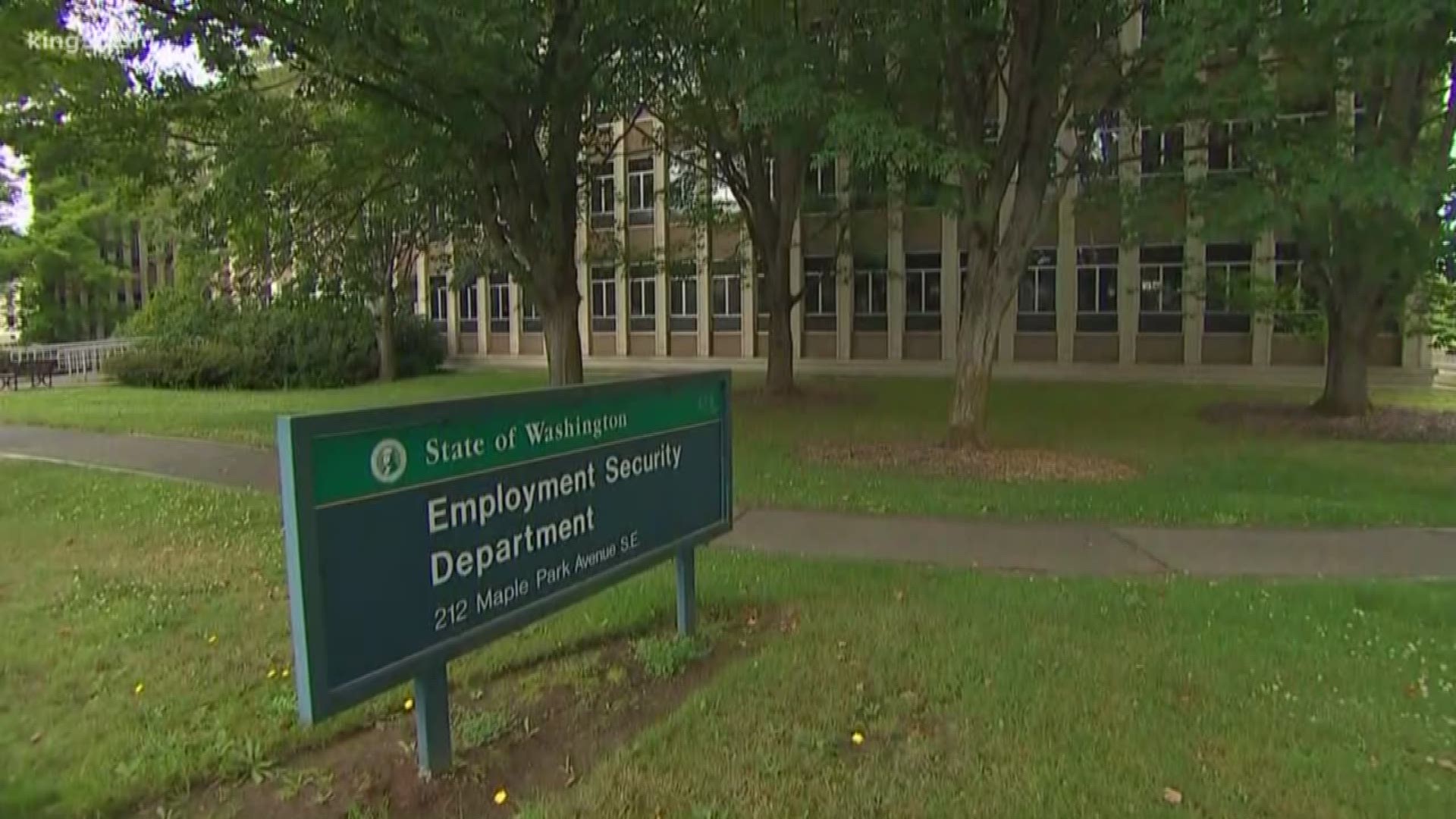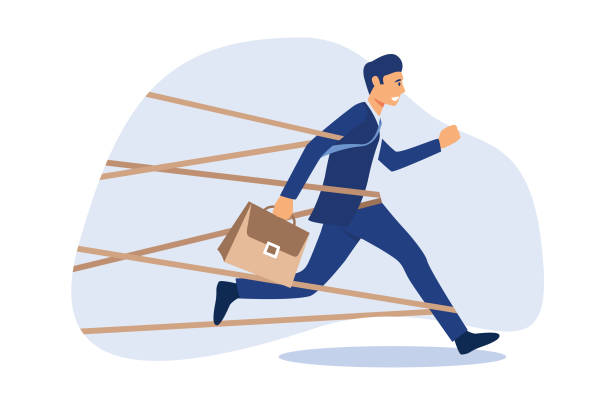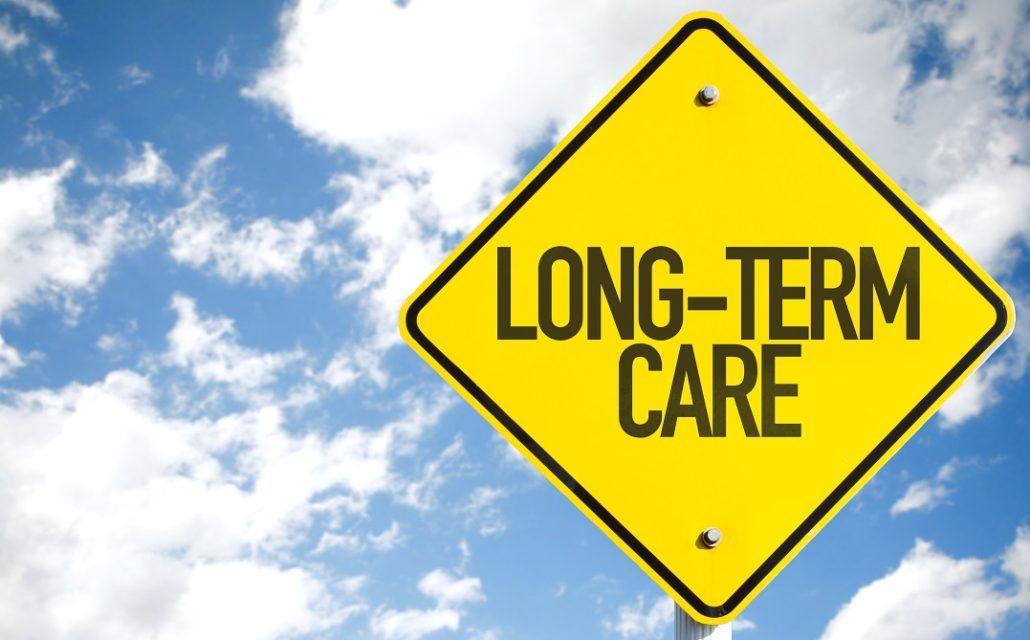On Monday, Starbucks announced it will increase the wages of all employees in its U.S. company-operated stores by at least 5%. It will also double the annual company stock awards for employees who have worked there two years or more. Come October, 157,000 Starbucks workers will enjoy increased total compensation of up to 15%.
The next day, Starbucks increased its prices for some drinks by as much as 30 cents.
A Starbucks spokesperson would not say the prices hikes were related to the wage and compensation hikes, only that they were the result of “business needs.” One might reasonably conclude those “needs” include offsetting the increased labor costs of the higher compensation promised to workers.
This isn’t the first time Starbucks has followed employee wage and benefit hikes with higher prices. In January 2015, baristas and store managers received pay increases; six months later Starbucks increased the prices of some drinks by as much as 20 cents.
Last year’s increase was accompanied by an admission from Starbucks that while their customers around the country would be paying more for their daily caffeine fix, those in the company’s hometown would be paying even more than everyone else. Customers in the greater Seattle area paid an average of about 3.5% more, while customers in other areas paid just 1% more. Starbucks said many factors contributed to the greater Seattle-specific price hike in 2015, but it would make sense that the new wage laws in Seattle, SeaTac and Tacoma played a role in the company’s decision to implement bigger price increases than in any other region. Starbucks did not provide a similar breakdown this year.
That Starbucks would increase prices to offset the increase in their labor costs is not unexpected or surprising. It is exactly what anyone with a basic understanding of Econ 101 would predict a business would do. When wages are artificially increased, employers can't simply absorb those higher costs, they must figure out how to mitigate them. That usually means reducing the number of employees or the number of hours they work, reducing employee benefits, or increasing prices.
Starbucks actually increased its already generous employee benefits last year and this year, leaving the company with price hikes and work cuts. In addition to the steadily increasing prices, Starbucks recently made the news when baristas complained about the company reducing their hours over the past year.
Other businesses have also responded to the higher minimum wage by increasing prices and cutting hours. The University of Washington professor the City of Seattle hired to study the impacts of the city’s $15 minimum wage law reports prices at fast food establishments, coffee shops and full service restaurants in the city are 9% higher than just a year ago. He also reports that many employers say they will, or already have, cut hours and reduced benefits, while many others say they no longer hire unskilled, inexperienced workers for entry-level jobs.
Higher wages are being offset by higher prices, as well as reduced hours for workers and other impacts that aren't as noticeable.
It is the classic and absolutely predictable tradeoff. Meanwhile, groups like Working Washington and Civic Ventures that push higher minimum wages continue to insist there are no downsides to increasing the minimum wage. They claim it is all benefit, no costs. Even the UW professor hired by the city says the higher minimum wage creates "winners and losers."
Rather than deny such tradeoffs are happening, minimum wage advocates should be honest and admit they just think those higher wages come with costs they believe are acceptable.





